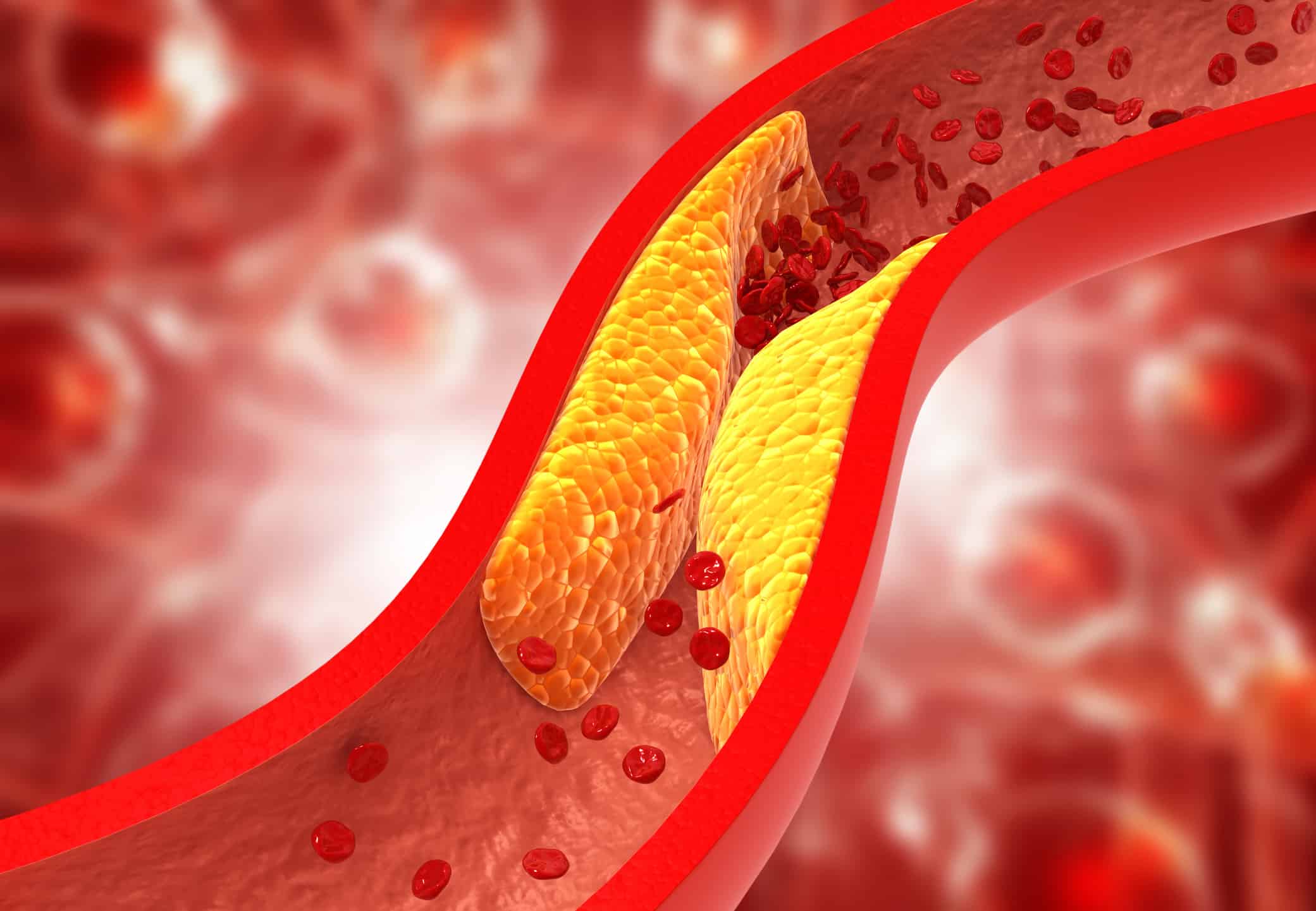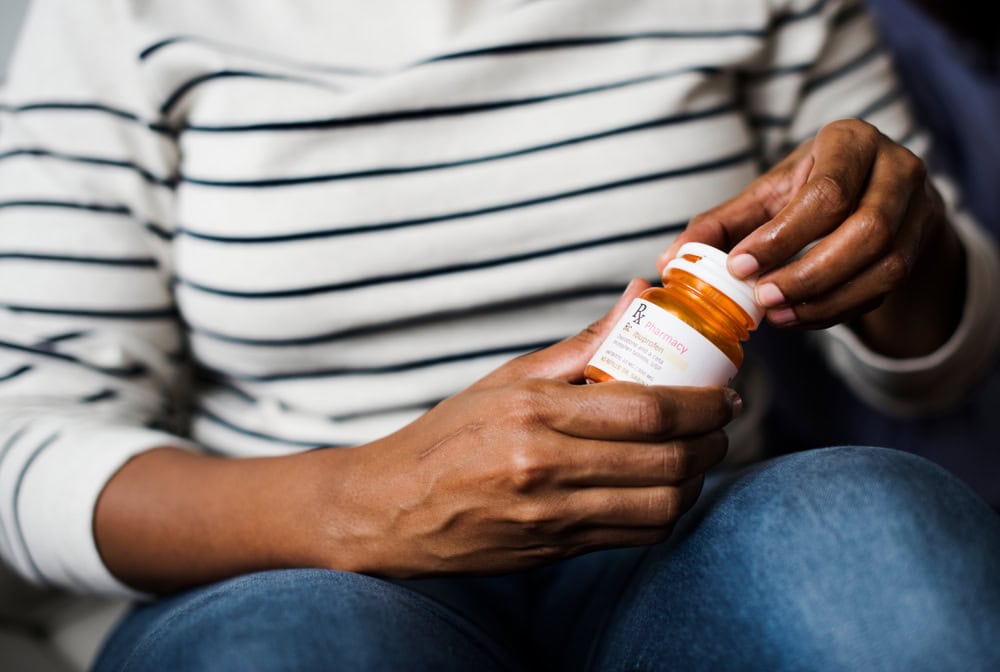
What You Need to Know About Triglycerides
Triglycerides are fats found in the blood. High triglycerides may increase your risk for heart disease. Learn what you can do to lower your risk:
What are Triglycerides?
Healthy Eating and Triglycerides
Activity Level, Weight & Lifestyle Changes
Medicines to Lower Tyiglycerides
What Are Triglycerides?
Triglycerides (TG) are fats found in the blood. Lower is better.

What Increases Triglycerides?
- Unhealthy eating
- High blood sugar/diabetes
- Inactive lifestyle
- Overweight/obesity
- Some medications
- Certain illnesses
- Excess alcohol use
- Family history or inherited conditions
High Triglycerides May Increase Your Risk for Heart Disease
| Triglycerides (mg/dL) | 100 or greater, or 75th precentile or higher |
|---|---|
| Less than 150 | Normal |
| 150-199 | Borderline High |
| 200-499 | High |
| 500 or greater | Very High* |
*If you have very high triglycerides and feel abdominal pain, nausea, vomiting or diarrhea, it is important to talk to your nurse or doctor right away. This can be a life-threatening condition.
Learn More
Explore these topics further to learn more about triglycerides.
Healthy Eating and Triglycerides
Activity Level, Weight & Lifestyle Changes
Medicines to Lower Tyiglycerides

Healthy Eating and Triglycerides
Healthy food choices can help lower your triglycerides. Cut down on calories, portion sizes, fats, and added sugars, especially if you are overweight. Using a smaller plate can help you eat fewer calories. If you have triglycerides that are high or extremely high, you may need to follow a very low-fat diet or eat only certain kinds of fats. Talk with your nurse, doctor, or registered dietitian if you have questions about how much fat is okay for you.
Vegetables and Fruit
Eat at least 4-6 servings of vegetables and whole fruits every day. Choose fresh or frozen with “no added sugars."
- Limit fruit juice to ½ cup each day.
Examples of one serving:
- 2 medium apple
- 1 cup raw or ½ cup steamed vegetables
Whole Grains and High-Fiber
- Choose fiber-rich foods: whole grain bread, cereal, pasta, brown or wild rice, beans and legumes.
- Limit simple carbohydrates: white bread, white rice and pasta.
Examples of one serving:
- 1 slice of whole wheat bread
- ½ cup brown rice or oatmeal
Limit Sweets and Added Sugars
- Choose water, low-fat milk, coffee, unsweet tea.
- Limit soft drinks, sweet tea, sports and energy drinks, sweets and baked goods.
Examples of one serving:
- 1 Tbsp. sugar
- 1 Tbsp. jam or jelly
Choose "Good" Fats
- Choose olive, canola or peanut oil, almonds, cashews, pecans, walnuts and peanuts, peanut butter, flaxseed and avocado.
- Choose fatty fish like salmon, trout, albacore tuna or mackerel at least 2 times per week.
- Remember that even “good” unsaturated fats are high in calories, so keep your portion sizes small.
Limit "Bad" Fats
- Try to limit your saturated fats to 10-16 grams per day, based on your daily calorie needs.
- Avoid coconut oil, palm oil and hydrogenated fat.
- Limit fatty meats like hamburgers, hot dogs, salami, sausage, and whole milk, butter, ice cream and cheese.
- Avoid trans fats, found in stick margarines, snack foods, some baked goods and fast foods.
Learn More
Explore these topics further to learn more about cholesterol.
What are Triglycerides?
Activity Level, Weight & Lifestyle Changes
Medicines to Lower Tyiglycerides

Activity Level, Weight & Lifestyle Changes
You have the power to make changes to improve your health.
Exercise and Activity
Regular exercise at moderate to high levels helps to lower triglycerides.
Aim for 150-300 minutes of moderate activity each week, such as brisk walking or dancing. This is about 30-60 minutes each day. An activity tracker or pedometer can help measure how much you move.
Muscle strengthening at least twice a week, such as push-ups or lifting weights, is also good for you.
Smoking
Smoking can raise your triglycerides, lower “good” cholesterol, and is a major risk factor for heart attack and stroke. If you smoke, you should stop. Ask your nurse or doctor for resources to help you quit, and visit www.smokefree.gov.
Weight
Extra weight can lead to high triglycerides. Losing 5-10 percent of your body weight may lower your triglycerides by 20 percent. Eating less and moving more will help you lose weight.
Alcohol
If you choose to drink, limit to no more than 1 drink per day for women and 2 drinks per day for men. Alcohol can raise triglycerides. If you have high triglycerides, you may be asked to limit or avoid alcohol completely.
Examples of one drink:
- 5 ounces of wine
- 12 ounces of beer
- 1½ ounces of alcohol
Watch Your Weight
Losing weight helps lower your LDL, the bad cholesterol, and triglycerides. It can also raise your HDL, the good cholesterol. Weight loss may also lower blood pressure and blood sugar.
Aim for a Healthy Weight
Ask your nurse, doctor, or dietitian what a healthy weight is for you. Each and every pound you lose is a step in the right direction.
Tips for Losing Weight
- Step on a scale at least once a week to keep track of your weight. Write it down.
- Fill up on fiber-rich foods like vegetables, fruits, and beans. Try to eat a vegetable or fruit at every meal.
- Start your day with breakfast. Don’t skip it!
- Eat smaller portions by using smaller plates. Share meals when eating out.
- Limit alcohol and sugary drinks to reduce calories.
- Save sweets for special occasions.
- Include activity most days. The more you move, the more you lose. It may take up to 60 to 90 minutes of activity during your day to lose weight.
- Write down or use a smartphone app to track your food and activity
choices.
Learn More
Explore these topics further to learn more about cholesterol.
What are Triglycerides?
Healthy Eating and Triglycerides
Medicines to Lower Tyiglycerides

Medicines to Lower Triglycerides
In addition to lifestyle changes, check with your provider for medicine to control your triglycerides and reduce your risk for heart attack or stroke.
- Take all medicines as directed.
- Be sure to talk about all of your prescriptions, over-the-counter medicines, dietary supplements and any side effects you may have.
- Your provider will regularly check your cholesterol and triglyceride levels.
Statins
- By prescription: atorvastatin, fluvastatin, lovastatin, pitavastatin, pravastatin, rosuvastatin and simvastatin.
- Lowers “bad” cholesterol, reduces risk of heart attack or stroke, may lower triglycerides.
- Be sure to report any new or unexplained general muscle aches or weakness.
Fibrates
- By prescription: fenofibrate, gemfibrozil.
- Lowers triglycerides. Does not reduce your risk of a heart attack or stroke.
- Be certain to report any new or unexplained general muscle aches or weakness.
High Triglycerides May Increase Your Risk for Heart Disease
- Prescription medicine is preferred over—and is not the same as—dietary supplements.
- Supplements and vitamins are not considered medicines by the U.S. Food and Drug Administration (FDA).
- Lowers triglycerides.
- If you have heart disease or diabetes with at least 2 other risk factors, a prescription omega-3 medicine called icosapent ethyl may be used, along with statins, to lower your risk of a heart attack or stroke.
- May cause upset stomach, increased gas, belching or a fishy taste.
Learn More
Explore these topics further to learn more about cholesterol.





